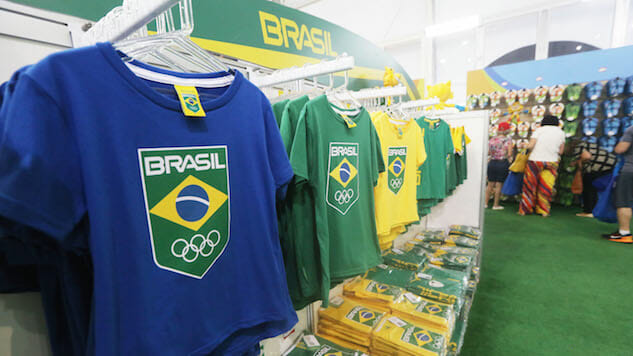Rule 40: an Olympics Advertising Explainer
Photos courtesy Getty Images
Little in this world is outside the influence of the almighty dollar. The Olympic Games, for all the International Olympic Committee’s high falutin’ rhetoric around the purity of sport, are no exception. In order to provide some clarity on how the image of the games can be used for profit, the IOC has attached a bylaw to Rule 40 of the Olympic Charter, which otherwise states that athletes must abide by the rules set by IOC and their individual country’s Olympic committee.
To participate in the Olympic Games, a competitor, team official or other team personnel must respect and comply with the Olympic Charter and World Anti-Doping Code, including the conditions of participation established by the IOC, as well as with the rules of the relevant IF as approved by the IOC, and the competitor, team official or other team personnel must be entered by his NOC.
Things get more complicated in the four bylaws of Rule 40. Bylaws one and two establish the roles of each sport’s international governing body in determining how athletes qualify for the games. Bylaw four makes it clear that athletes can enter the games for free and that the IOC will not pay an athlete to enter the games.
Bylaw three to Rule 40 is where the money comes in. It states:
Except as permitted by the IOC Executive Board, no competitor, team official or other team personnel who participates in the Olympic Games may allow his person, name, picture or sports performances to be used for advertising purposes during the Olympic Games.
-

-

-

-

-

-

-

-

-

-

-

-

-

-

-

-

-

-

-

-

-

-

-

-

-

-

-

-

-

-

-

-

-

-

-

-

-

-

-

-








































